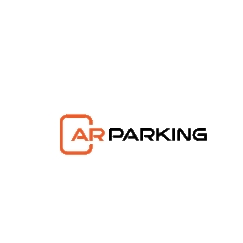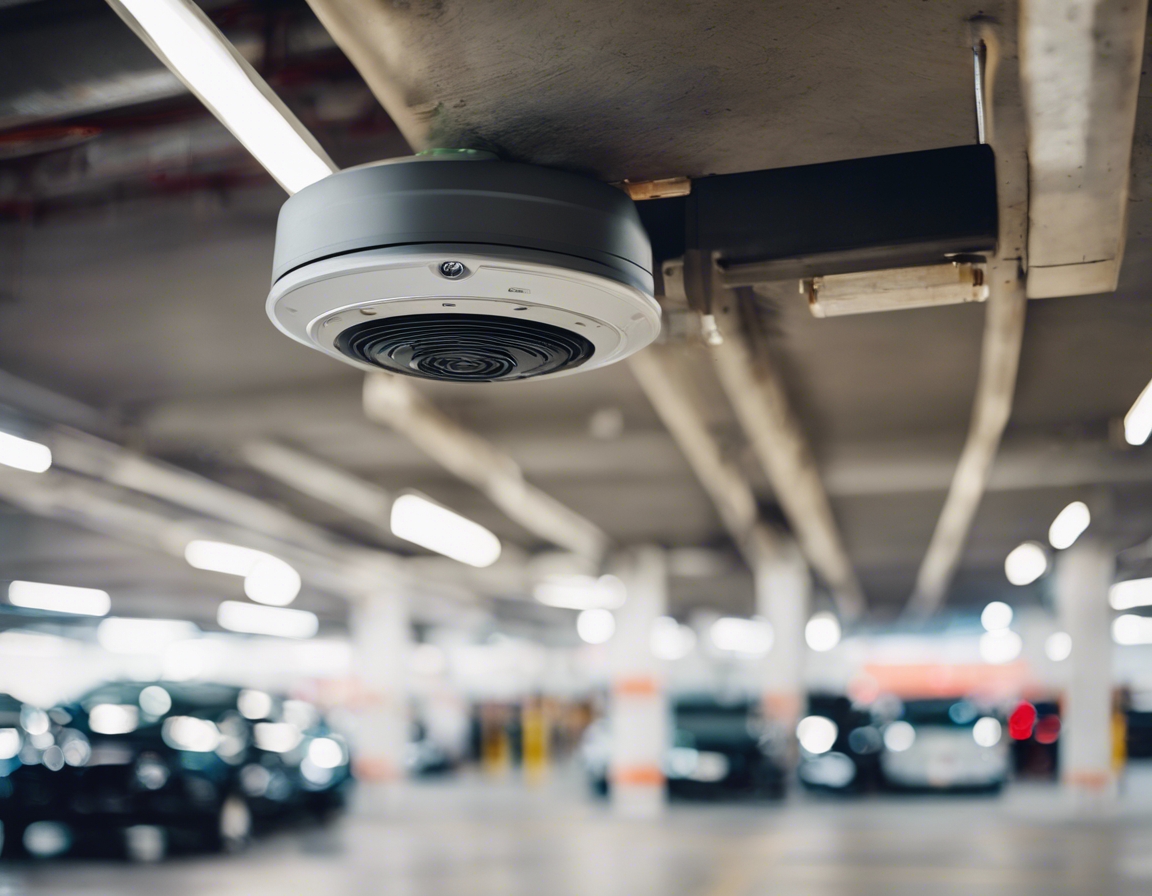The future of parking: how automation is changing the game
As cities continue to grow and urban density increases, the demand for innovative solutions to manage space and resources has never been greater. Automation has emerged as a key player in transforming urban infrastructure, offering new ways to address the challenges of modern city living. Among these solutions, automated parking systems (APS) stand out as a game-changer for urban developers, municipal authorities, and environmentally conscious corporations.
Automated Parking Systems are revolutionizing the way we think about parking by utilizing technology to store and retrieve vehicles with minimal human intervention. These systems can significantly reduce the footprint required for parking, allowing for more efficient use of urban space.
The Benefits of Automated Parking
One of the most compelling advantages of APS is the ability to maximize space utilization. Traditional parking lots and garages often consume excessive amounts of valuable urban real estate. APS can accommodate the same number of vehicles in approximately 50% less space, enabling developers to repurpose land for more beneficial uses.
Automated parking systems offer substantial environmental benefits. By reducing the need for cars to idle and drive around searching for parking, APS can lower carbon emissions and contribute to cleaner air quality. Additionally, the reduced land use aligns with green building practices and sustainability goals.
For users, APS provide a seamless and stress-free parking experience. With the elimination of the need to search for a spot, park, and remember where the car is parked, users can enjoy a more convenient and time-saving process.
From an economic perspective, APS can lead to cost savings over time. The initial investment is often offset by the reduced need for land, lower construction costs, and potential revenue generation from repurposed space.
Technological Innovations in Automated Parking
The integration of robotics and artificial intelligence in APS is enhancing efficiency and reliability. These technologies enable precise vehicle handling and adapt to various car sizes, further optimizing space.
APS are a natural fit for smart city initiatives, which aim to create more connected and efficient urban environments. By integrating with other smart infrastructure, APS can contribute to a cohesive ecosystem that improves overall city living.
Safety is paramount in automated parking systems. With features such as vehicle damage prevention, secure access, and fire suppression systems, APS provide a safer environment for both vehicles and users.
Challenges and Considerations
While the benefits of automation in parking are clear, the transition requires adaptation. Stakeholders must be willing to embrace new technologies and invest in the necessary infrastructure.
As with any emerging technology, APS face regulatory challenges. Ensuring compliance with local and international standards is essential for widespread adoption.
Decision-makers must carefully consider the costs and potential returns of implementing automated parking solutions. While the long-term benefits are significant, the upfront investment can be substantial.
Automated Parking in the Baltics and Scandinavia
The Baltics and Scandinavia are witnessing a growing interest in APS as a solution to urban parking challenges. With a focus on sustainability and innovation, these regions are prime candidates for the adoption of automated parking technologies.
Several successful implementations of APS in the Baltics and Scandinavia serve as benchmarks for the potential of these systems. These case studies demonstrate the practical benefits and encourage further investment in the technology.
The future of parking in the Baltics and Scandinavia looks promising with the integration of APS. As technology continues to advance, we can expect to see even more sophisticated systems that further enhance urban living and environmental sustainability.







Comments (0)